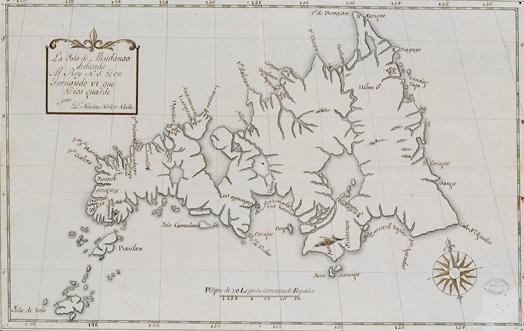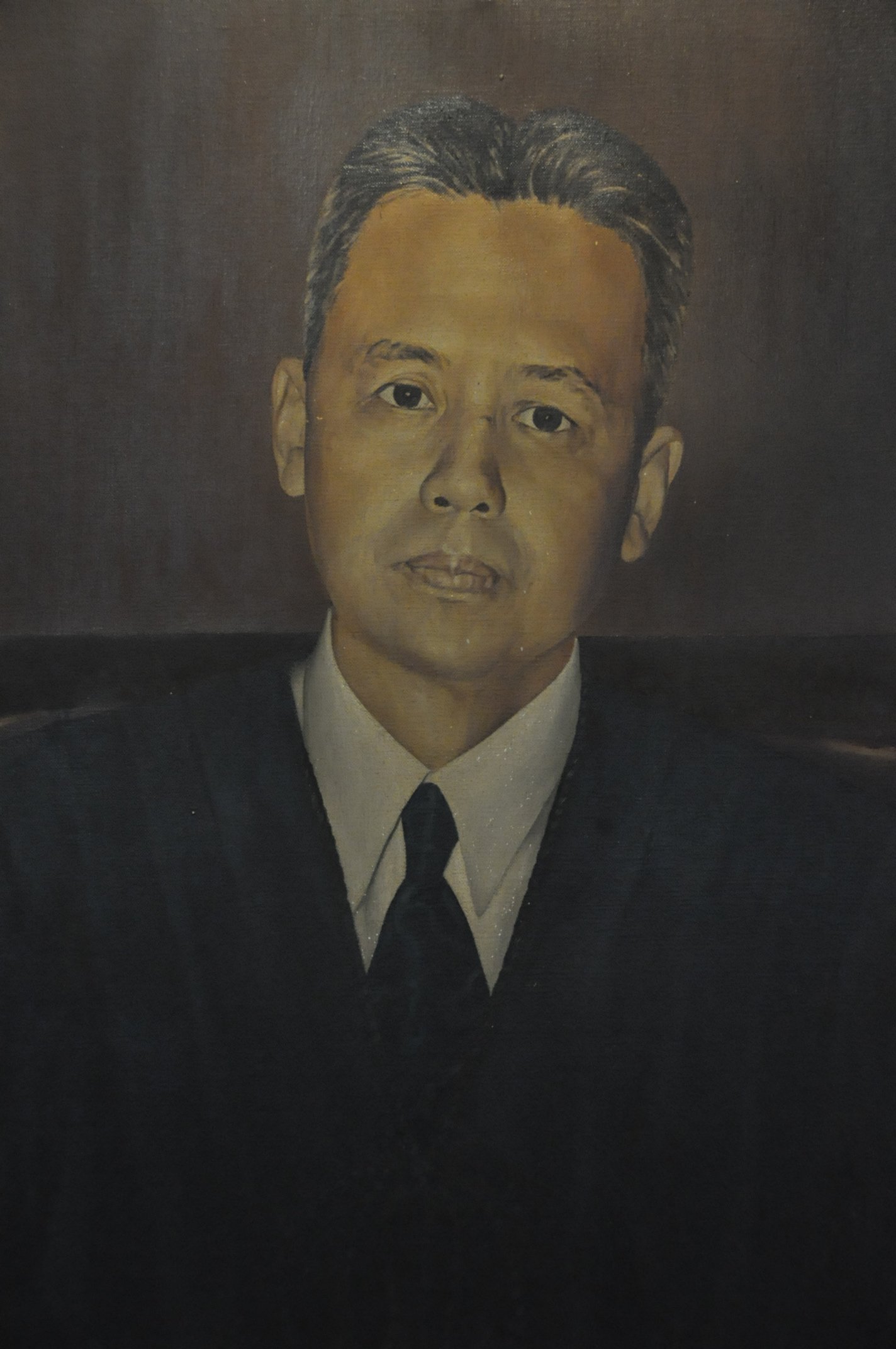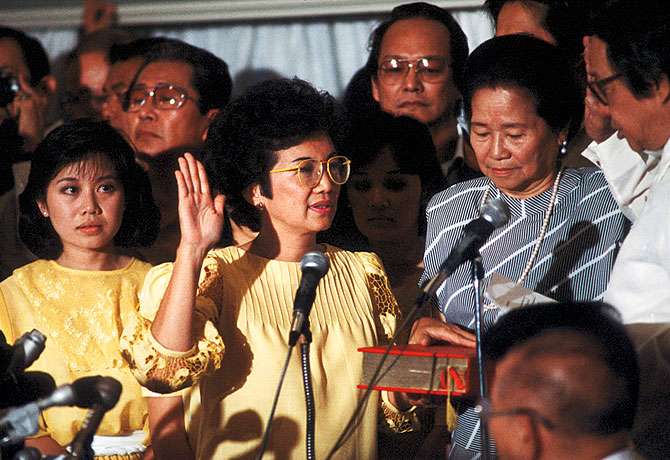|
Teofisto Guingona III
Teofisto "TG" de Lara Guingona III (), or more commonly known as "TG," is a lawyer and the son of former vice president Teofisto Guingona Jr., Teofisto "Tito" Guingona Jr. He was a congressman of the 2nd District of Bukidnon during the 13th and 14th Congress from 2004 to 2010 and a senator of the Philippines during the 15th and 16th Congress from 2010 to 2016. TG Guingona passed a total of twenty-three laws as a legislator. Among these are measures designed to improve the health system of the Philippines such as The Expanded Senior Citizens Act which prescribes that all Filipino senior citizens be automatically covered by the Philippine Health Insurance Corporation, Philippine Health Insurance Corporation (PhilHealth), The Rare Diseases Act which improves the access of patients who are diagnosed to have a rare disease or are suspected of having a rare disease to comprehensive medical care, and The Comprehensive Tuberculosis Elimination Plan Act which expands PhilHealth's tubercul ... [...More Info...] [...Related Items...] OR: [Wikipedia] [Google] [Baidu] |
Senate Of The Philippines
The Senate of the Philippines () is the upper house of Congress of the Philippines, Congress, the bicameral legislature of the Philippines, with the House of Representatives of the Philippines, House of Representatives as the lower house. The Senate is composed of 24 senators who are elected at-large (the country forms one district in Philippine Senate elections, senatorial elections) under a Plurality block voting, plurality-at-large voting system. Senators serve six-year terms with a maximum of two consecutive terms, with half of the senators elected in staggered elections every three years. When the Senate was restored by the Constitution of the Philippines, 1987 Constitution, the 24 senators who were elected in 1987 served until 1992. In 1992, the 12 candidates for the Senate obtaining the highest number of votes served until 1998, while the next 12 served until 1995. This is in accordance with the transitory provisions of the Constitution. Thereafter, each senator electe ... [...More Info...] [...Related Items...] OR: [Wikipedia] [Google] [Baidu] |
Department Of Health (Philippines)
The Department of Health (DOH; ) is the Executive Departments of the Philippines, executive department of the Philippine government responsible for ensuring access to basic public health services by all Filipinos through the provision of quality health care, the regulation of all health services and products. It is the government's over-all technical authority on health. It has its headquarters at the San Lazaro Compound, along Rizal Avenue in Manila. The current head of the department is Sec. Ted Herbosa. The health secretary is also a member of the Cabinet of the Philippines, Cabinet. History Americans assembled a military Board of Health on September 10, 1898, with its formal organization on September 29. Upon its creation, Dr. Frank S. Bourns is assigned as president while Dr. C. L. Mullins is assigned as assistant surgeon. The purpose of this Board of Health was to care for injured American troops but as the hostilities between Filipinos and Americans waned in 1901, a civi ... [...More Info...] [...Related Items...] OR: [Wikipedia] [Google] [Baidu] |
Executive Secretary (Philippines)
The Office of the Executive Secretary of the Philippines (formerly the Executive Office) is the head and highest-ranking official of the Office of the President of the Philippines and a member of the Cabinet of the Philippines. The office-holder has been nicknamed as the "''Little President''" due to the nature and mandate of the position "to directly assist the President in the management of affairs of the government as well as to direct the operations of the Executive Office." It is headed by the executive secretary in which appointed by the President of the Philippines, president upon confirmation by the Commission on Appointments. The office was established on October 12, 1936, with Jorge B. Vargas as the inaugural holder. The postion of executive secretary is currently held by former Chief Justice Lucas Bersamin, who retained his position after President Bongbong Marcos declined his courtesy resignation following a cabinet reshuffle in the aftermath of the 2025 Philippine ... [...More Info...] [...Related Items...] OR: [Wikipedia] [Google] [Baidu] |
Commission On Audit (Philippines)
The Commission on Audit (COA; ) is an independent constitutional commission established by the Constitution of the Philippines. It has the primary function to examine, audit and settle all accounts and expenditures of the funds and properties of the Philippine government. The Commission on Audit is a creation of the 1973 constitution. It was preceded by the Office of the Auditor in 1899, renamed as the Bureau of the Insular Auditor in 1900, then to the Bureau of Audits in 1905. The 1935 constitution created the General Auditing Office (GAO), and was led by the Auditor General. The 1973 constitution renamed the GAO to the Commission on Audit, a collegial body led by a chairman, with two commissioners. That setup was retained by the 1987 constitution. The other two Constitutional Commissions are the Commission on Elections (Philippines), Commission on Elections and Civil Service Commission (Philippines), Civil Service Commission. Members Description The Commission on Audit is ... [...More Info...] [...Related Items...] OR: [Wikipedia] [Google] [Baidu] |
Misamis Oriental
Misamis Oriental (; ; ), officially the Province of Misamis Oriental, is a Provinces of the Philippines, province located in the Regions of the Philippines, region of Northern Mindanao in the Philippines. The provincial capital, as well as its largest city, is Cagayan de Oro, though it is governed independently from the province. History Spanish colonial era Misamis Oriental shared a history with Misamis Occidental of being part of the Cebu, Province of Cebu during the Spanish colonial era. In 1818, Misamis was carved out from Cebu to become a separate province with Cagayan de Oro, Cagayan de Misamis ''(Cagayan de Oro)'' as its capital and was further subdivided into ''partidos'' or divisions: Partido de Cagayan (Division of Cagayan), Partido de Catarman (Division of Catarman), Partido de Dapitan (Division of Dapitan), and Partido de Misamis (Division of Misamis). The new Misamis province was part of the districts of Mindanao during the later part of the 19th Century, with its ... [...More Info...] [...Related Items...] OR: [Wikipedia] [Google] [Baidu] |
Mindanao
Mindanao ( ) is the List of islands of the Philippines, second-largest island in the Philippines, after Luzon, and List of islands by population, seventh-most populous island in the world. Located in the southern region of the archipelago, the island is part of an island group of the same name that also includes its adjacent islands, notably the Sulu Archipelago. According to the 2020 census, Mindanao had a population of 26,252,442, while the entire island group had an estimated population of 27,021,036. Mindanao is divided into six administrative regions: the Zamboanga Peninsula, Northern Mindanao, the Caraga region, the Davao Region, Davao region, Soccsksargen, and the autonomous region of Bangsamoro. According to the 2020 census, Davao City is the most populous city on the island, with 1,776,949 people, followed by Zamboanga City (pop. 977,234), Cagayan de Oro (pop. 728,402), General Santos (pop. 697,315), Butuan (pop. 372,910), Iligan (pop. 363,115) and Cotabato City (pop. ... [...More Info...] [...Related Items...] OR: [Wikipedia] [Google] [Baidu] |
Priority Development Assistance Fund Scam
The Priority Development Assistance Fund scam, also called the PDAF scam or the pork barrel scam, was a political scandal involving the alleged misuse by several members of the Congress of the Philippines of their Priority Development Assistance Fund (PDAF, popularly called " pork barrel"), a lump-sum discretionary fund granted to each member of Congress for spending on priority development projects of the Philippine government, mostly on the national level. The scam was first exposed in the ''Philippine Daily Inquirer'' by Nancy C. Carvajal on July 12, 2013, with the six-part exposé of Carvajal pointing to businesswoman Janet Lim-Napoles as the scam's mastermind after Benhur K. Luy, her second cousin and former personal assistant, was rescued by agents of the National Bureau of Investigation (NBI) on March 22, 2013, four months after he was detained by Napoles at her unit at the Pacific Plaza Towers in Bonifacio Global City. Initially centering on Napoles' involvement in t ... [...More Info...] [...Related Items...] OR: [Wikipedia] [Google] [Baidu] |
ABS-CBN Corporation
ABS-CBN Corporation is a Mass media in the Philippines, Filipino Media conglomerate, media company based in Quezon City, Metro Manila, Philippines. It is the largest entertainment television and film production, Broadcast syndication, program syndication provider, film distributor and media conglomerate in the Philippines. It is a subsidiary of Lopez Holdings Corporation, which is owned by the López family of Iloilo, López family. ABS-CBN was formed by the merger of Alto Broadcasting System (ABS) and Chronicle Broadcasting Network (CBN). The conglomerate is Metonymy, metonymically called as "Ignacia" due to the location of its headquarters ABS-CBN Broadcasting Center along Mother Ignacia Street in Quezon City. ABS was founded in 1946 by American electronics engineer James Lindenberg as Bolinao Electronics Corporation (BEC). In 1952, BEC was renamed Alto Broadcasting System (ABS) with its corporate name, Alto Sales Corporation after Antonio Quirino, Judge Antonio Quirino, br ... [...More Info...] [...Related Items...] OR: [Wikipedia] [Google] [Baidu] |
Supreme Court Of The Philippines
The Supreme Court (; colloquially referred to as the ' (also used in formal writing), is the highest court in the Philippines. It was established by the Taft Commission on June 11, 1901, through the enactment of Act No. 136, which abolished the Real Audiencia of Manila, the predecessor of the Supreme Court. The Supreme Court compound is located in what was formerly a part of the University of the Philippines Manila campus. It occupies the corner of Padre Faura Street and Taft Avenue in Ermita, Manila, with the main building sited directly in front of Philippine General Hospital's cancer institute. History Early history Prior to the conquest of Spain, the islands of the Philippines were composed of independent barangay state, barangays, each of which is a community composed of 30 to 100 families. Typically, a barangay is headed by a ''datu'' or a local chief who exercises all functions of government: executive, legislative and judicial; he is also the commander-in-chief in time ... [...More Info...] [...Related Items...] OR: [Wikipedia] [Google] [Baidu] |
Cybercrime Prevention Act Of 2012
The Cybercrime Prevention Act of 2012, officially recorded as Republic Act No. 10175, is a law in the Philippines that was approved by President Benigno Aquino III on September 12, 2012. It aims to address legal issues concerning online interactions and the Internet in the Philippines. Among the cybercrime offenses included in the bill are cybersquatting, cybersex, child pornography, identity theft, illegal access to data and libel. While hailed for penalizing illegal acts done via the Internet that were not covered by old laws, the act has been criticized for its provision on criminalizing libel, which is perceived to be a curtailment of the freedom of expression—"cyber authoritarianism". Its use against journalists like Maria Ressa, of Rappler, has drawn international condemnation. On October 9, 2012, the Supreme Court of the Philippines issued a temporary restraining order, stopping implementation of the Act for 120 days, and extended it on February 5, 2013 "until fu ... [...More Info...] [...Related Items...] OR: [Wikipedia] [Google] [Baidu] |
Sandiganbayan
The Sandiganbayan () is a special Appellate court, appellate collegial court in the Philippines that has jurisdiction over criminal and civil cases involving Graft (politics), graft and corrupt practices and other offenses committed by public officers and employees with a salary grade 27 and up , including those in government-owned and controlled corporations. The special court was established by Presidential Decree No. 1486. It was subsequently modified by Presidential Decree No. 1606 and by Republic Acts 7975, 8249 and 10660. It is equal in rank to the Philippine Court of Appeals, Court of Appeals, and consists of fourteen Associate Justices and one Presiding Justice. The Ombudsman of the Philippines, Office of the Ombudsman owns exclusive authority to bring cases to the Sandiganbayan. The Sandiganbayan is housed in the Centennial Building, Commonwealth Avenue, Quezon City, Commonwealth Avenue, National Government Center, Diliman, Quezon City, Metro Manila. History The ... [...More Info...] [...Related Items...] OR: [Wikipedia] [Google] [Baidu] |







